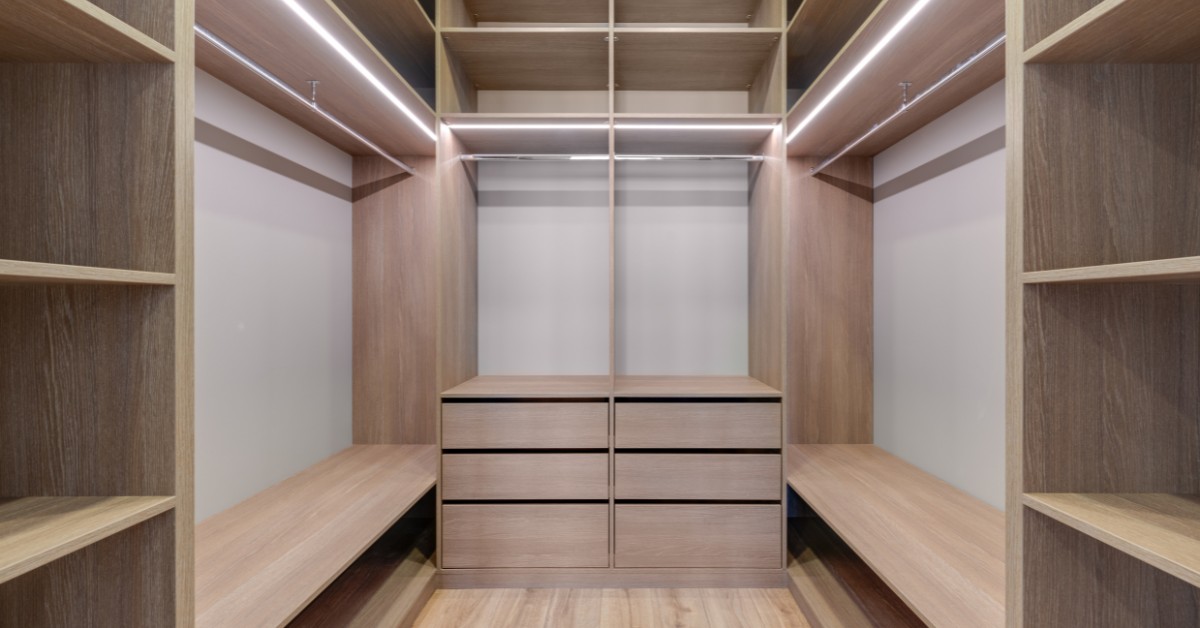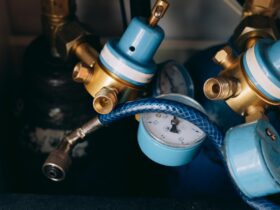Turning a closet into a safe zone is about two things, safety and order. Guns stay locked, out of sight, and away from curious hands. You still know where everything is, and you can get to it when it is truly needed. A closet works well because it is part of daily life. You already open it to grab shoes or a jacket, so adding secure storage there feels natural. The goal is a calm, tidy space that keeps people safe and keeps gear in good shape.
A safe closet is not a secret room from a movie. It is a normal closet with a few smart choices. The right safe, the right spot, a few parts to control air and weight, and clear house rules. That is it. No drama, just simple steps that make a real difference.
Why a closet works better than a random corner
A closet hides the safe from casual view. That helps reduce risk. Fewer people see it, fewer people think about it. Closets in the middle of a home often have steadier air and temperature, which helps protect metal from rust. Closets also have shelves and walls that make it easy to keep related gear together. Cleaning kit, range bag, ear protection, all in one spot, not spread across the house.
People swap closet gun safe ideas all the time in general chats and forums, which can spark simple layout plans, such as a narrow safe tucked behind hanging shirts, or a shorter model under a shelf with bins stacked above. Seeing what others tried can help you plan without guesswork.
Measure first, then pick the safe
Start with a tape measure. Measure width, depth, and height of the closet floor area, and measure the door opening. Check the path from the front door to the closet, including tight turns and stair landings. A safe that fits the closet but cannot make the turn at the hallway is a headache you do not want.
Think about door swing. Safe doors need space to open all the way, and the closet door also needs to open. If the safe is deep, the closet door may bump it, so plan for that. Some people remove a closet door and add a solid door with a stronger frame. Others keep the closet door and place the safe off to one side, which lets both doors work without hitting.
Pick a safe that matches your needs, not just the biggest you can find. A smaller safe that is solid, bolted down, and used with good habits can be a better choice than a giant model that barely fits. Make a quick list of what goes inside now, then add space for one or two future items. That keeps the size in check but gives a little room to grow.
Set the safe in the right place
The best spot is flat and strong. Center the safe against a back wall if possible. Leave a few inches on the hinge side so the door can open wide. If the closet floor is carpet on top of concrete, expect some give. Place a hard board or a safe base under it to spread weight. If the floor is wood, find the joists so you can anchor into solid lumber.
Check for power. Some safes use an internal light or a small dry rod. If there is no outlet, a battery light works, but replace batteries on a set schedule so the inside never sits dark for months.
Bolt it down, make it a pain to move
Bolting a safe to the floor is simple and worth it. Anchors into concrete or lag bolts into wood joists make a huge difference. A thief wants fast wins. A safe that does not budge wastes time and makes noise, which both work in your favor. Before drilling, scan for pipes and wires. Move slow, measure twice, then drill. Tighten bolts, check again after a week, then once every few months.
If you cannot drill into a rented floor, use a safe with a wide base plate and add anti tilt brackets that grab the wall studs. It is not as strong as floor anchors, yet it adds real resistance and helps the safe feel steady when the door swings open.
Keep the air dry and the metal clean
Closets can trap moisture, which rusts metal. Keep air dry inside the safe. Silica gel packs are easy, they absorb moisture and can be recharged in an oven when they turn pink or full. A low heat dry rod is another option. It warms the air a little, which helps keep it dry. Wipe down metal with a light oil now and then, especially after range days. If the closet sits on an outside wall or over a crawl space, check it more often. A tiny bit of care saves gear from damage.
Balance access and control
Fast access does not mean sloppy storage. Codes and keys should stay private. Share access only with trusted adults who understand safe handling. If you want faster entry for emergencies, set a code you can recall under stress, not a long string that is easy to forget. Change codes on a regular schedule, such as every six months, and any time a code might be known by someone who should not have it.
If the safe has a battery powered lock, keep spare batteries outside the safe, in a drawer nearby. Test the lock once a month. If it feels slow or the screen dims, replace batteries before they die.
Think about fire, water, and heat
A fire rating tells how long a safe can block heat. A higher number is better, but any rating is still only part of the plan. Place the safe away from a water heater if you can, and avoid vents that blow hot air. The back wall of a closet is often the best spot. If water from sprinklers or hoses is a concern, store papers and small items in sealed pouches or a small fire box inside the safe. That way you have two layers of protection, one large, one small.
Set house rules, keep everyone on the same page
Rules are what make the space safe every day. Guns go back in the safe when not in use. No exceptions. Keep ammo away from kids, ideally in a locked box, even if the main safe is also locked. Never show codes in front of guests. Do not open the safe just to show gear. If someone needs to learn, plan a time, set clear steps, and keep it calm. Talk to kids in simple terms, this is locked because it can cause harm, it is not a toy, never touch it, tell an adult if you see one out.
Make a small closet work hard
Even tiny closets can hold a safe with a smart layout. Remove a low shelf to gain height. Use bins above the safe for cleaning gear and hearing protection. Add stick on hooks on the side wall for range belts. A thin LED light strip along the door frame helps you see without heating the space. If the floor slopes, use leveling feet or shims so the door does not swing by itself. Mark the safe handle position that means locked, so a quick glance tells you the status.
Move without drama
Moving a safe is not a solo job. Protect floors with plywood sheets. Use a heavy dolly with straps, not a basic hand truck. Keep fingers clear of pinch points. If stairs are involved, consider a pro mover. It costs money, yet it prevents injury and damage, and that is worth it. When the safe reaches the new closet, repeat the same steps, place, level, anchor, dry the air, set the code.
Daily habits that keep the system strong
Good habits make the whole plan work. Put gear back in the same spot every time, so you do not dig around in the dark. Check the dehumidifier packs on the first weekend of each month. Wipe down metal after use. Test the lock and the backup key, then store the key in a hidden spot that only trusted adults know. If someone moves in or out, review who has access and change the code if needed.
Simple mistakes to avoid
Do not cram the safe so full that doors or bolts grind. That wears parts and slows access. Do not keep magnets or heavy tools on the safe door, extra weight can bend hinges over time. Do not place the safe where a window shows its outline. If a window faces the closet, hang a solid curtain, it is a cheap fix that adds privacy. Do not skip the anchor step, even with a heavy safe. Weight helps, bolts lock it down.
Quick wrap up to keep you on track
A closet can be a calm, secure spot for firearms with a few simple choices. Measure first, choose a safe that fits, set it on a flat, strong base, and bolt it down. Keep the air dry, set a code you can remember, and store keys with care. Add small lights so you see what you are doing, and make rules that everyone in the home understands. Return gear to the safe when you are done, and check the setup on a steady schedule.
These steps do not need fancy tools or a huge budget, just a plan and steady habits. Share the plan with your household, write the key checks on a calendar, and stick to it. Safe storage protects people, protects gear, and keeps daily life simple. That is what a safe zone is all about.







Leave a Reply